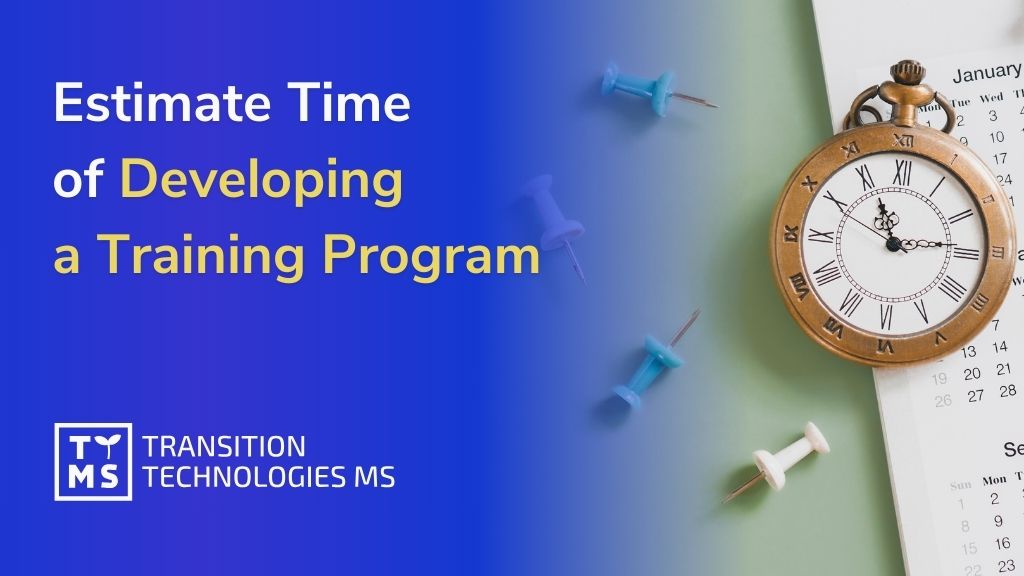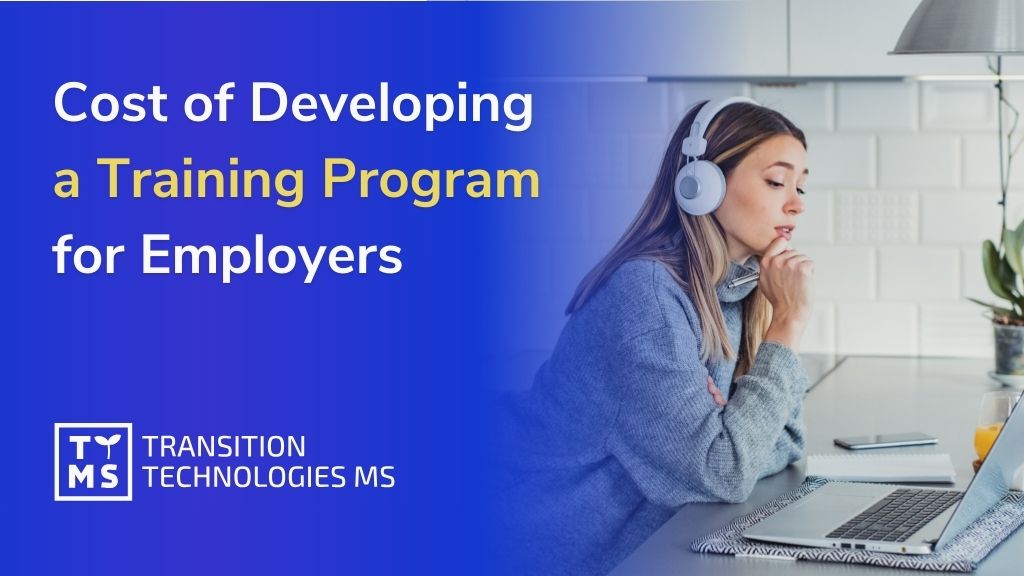
TTMS Blog
TTMS experts about the IT world, the latest technologies and the solutions we implement.
Posts by: Zuzanna Konopka
What is AEM as a Cloud Service? Benefits and Insights. Find all answers in one place
Dive into the world of Adobe Experience Manager as a Cloud Service (AEMaaCS), where cutting-edge technology meets unparalleled efficiency.
ReadEstimate Time of Developing a Training Program for Employees
Stepping into the world of corporate training demands not just knowledge about your field, but also an understanding of instructional design principles, and time management. One crucial question is often asked – how much time does it take to develop one hour of training?
ReadHow Much Does It Cost to Create a Training Program for Employees in a Company?
Envisage this. You're running a successful business, everything is on the plus side - profits are soaring, customer satisfaction ratings are skyrocketing. Yet, something seems amiss among your workforce. Their grasp on new initiatives and procedures appears blurred. How do you fix it? One word: Training.
ReadHow to Create a Training Plan for Employees
In this comprehensive guide, you’ll learn how to create an effective training plan for employees that will not only equip them with necessary skills but also help in harnessing their untapped potential.
ReadWhat Is Adobe AEM Used For?
Are you searching for a powerful platform that personalizes your customer’s journey with data-driven insights? If so, your quest might end at Adobe Experience Manager (AEM). Let’s unravel what this tool is capable of offering and explore how it can bring transformative changes to your organization's digital marketing strategy.
ReadWhat is AEM Edge Delivery Services: Features, Costs, Advantages and Disadvantages
In the fast-paced digital landscape, delivering website content efficiently is crucial for businesses to maintain an edge in the online realm. Adobe's Edge Delivery Services (EDS) emerges as a robust solution within Adobe Experience Manager (AEM), allowing users to seamlessly publish content from various sources like Sharepoint or Google Docs.
Read




